'One of the biggest country house sales of the century so far' is under way, a superb and historic £32m property in Kent
The astonishing and exquisite Linton Park has come up for sale with a £32 million price tag. Penny Churchill reports.
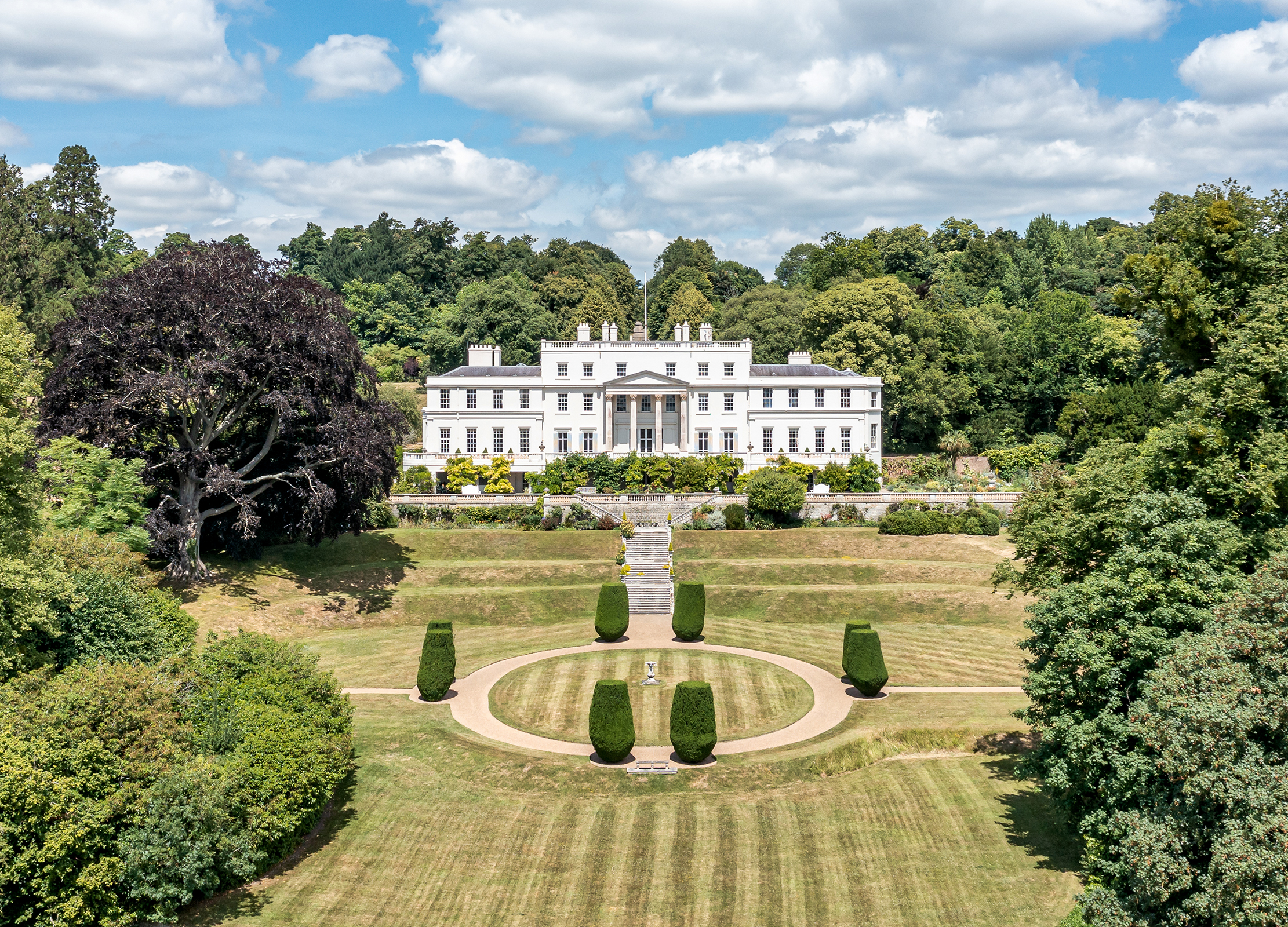

Grade I-listed Linton Park, with its Grade II*-listed gardens, woods and parkland overlooking the Weald, four miles south of Maidstone, promises to be one of the country-house sales of the year — if not of the century to date.
Described by Mark McAndrew of selling agents Strutt & Parker as ‘a jewel in the heart of the Garden of England’, the Linton Park estate comprises the impeccably restored, 28,824sq ft main house, which boasts 12 bedrooms, six principal reception rooms, garden rooms, a catering kitchen and extensive domestic offices; 20 acres of magnificent gardens, historic parkland, a lake and a cricket pitch, some 440 acres in all; and a coach house with a flat above and 16 further residential properties, all in excellent order and producing a considerable income. He quotes a guide price of ‘excess £32 million’ for the estate as a whole.
Alternatively, offers of more than £17.5m are invited for Lot 1, comprising the striking, stucco-fronted main house, the coach house, gate lodge, gardens, grounds, parkland, lake and cricket pitch—some 316 acres in all; Lot 2, the residential portfolio of 13 houses and cottages let on assured shorthold tenancies or service occupancies, calls for ‘offers in excess of £13.5m’, with ‘offers over £1m’ sought for Ranters Land, a 96-acre parcel of good arable and woodland to the south of the property, separated from the parkland by Butt Green Lane.
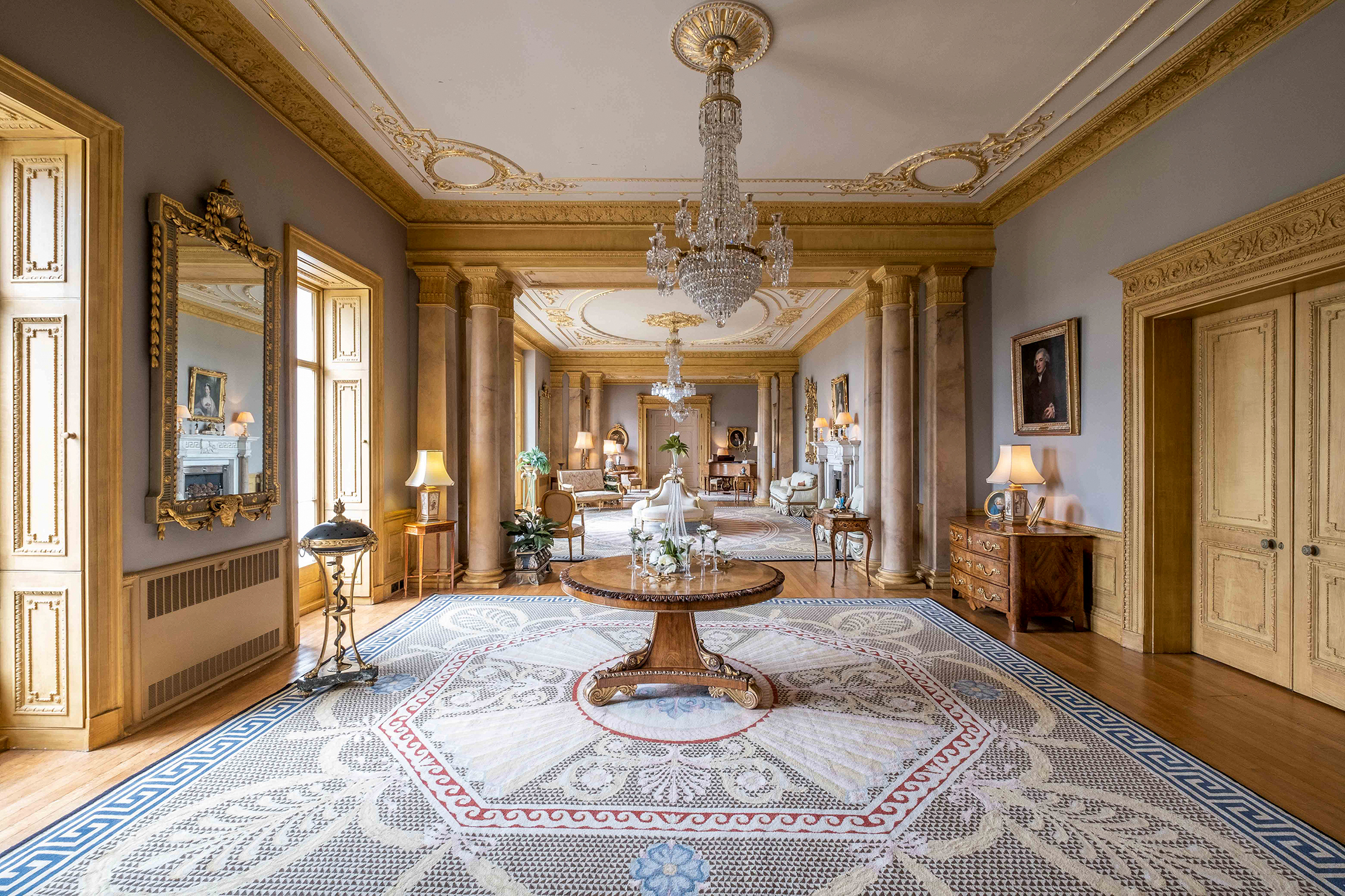
In the first of two Country Life articles by the magazine’s long-time Architectural Editor Christopher Hussey (March 29 and April 5, 1946), the setting of Linton Park is laid out in all its glory: ‘Looking over the Kentish Weald, the white front of Linton shining on the ridge forming its northern edge, is a familiar landmark visible for 20 miles. Approached over the crest by a wide and magnificent beech avenue, suddenly the ground drops, the beeches give way to tall elms, and you see the house below you with the blue expanse of the Weald stretching, for a moment, beyond and above it. It is a breath-taking glimpse that you do not see again till you come out on the Terrace along the south front…’
The site, naturally favoured by its full southern exposure, protection from the north and sufficient height to be above the spring frost level, had, for two centuries, been further protected by plantings to the flanks, so that the terraces and adjoining slopes enjoyed horticultural advantages in addition to the rich soil long famed for fruit and crops. It was these conditions, Hussey reveals, that attracted Olaf Hambro of the eponymous banking family, when, in 1937, he acquired Linton from Lord Cornwallis. Hussey himself was already familiar with the magnificent planting on the estate carried out by successive generations of the Cornwallis family, which was originally described in Country Life in an article in February 1899.
From the late 12th century until the early 1700s, the site on which Linton Park stands was occupied by a house called Capell’s Court. In about 1730, that house was demolished by the estate’s then owner, Sir Robert Mann, who built the first part of the present house. On his death in 1751, the house passed to his son, Edward, and in turn to Edward’s brother, the diplomat Sir Horace Mann, who was permanently resident in Florence. Sir Horace was a friend and long-time correspondent of Horace Walpole, who, following a visit to Edward Mann at Linton in 1757, wrote to Sir Horace saying that ‘the house is fine and stands like the citadel of Kent; the whole county is its garden’.
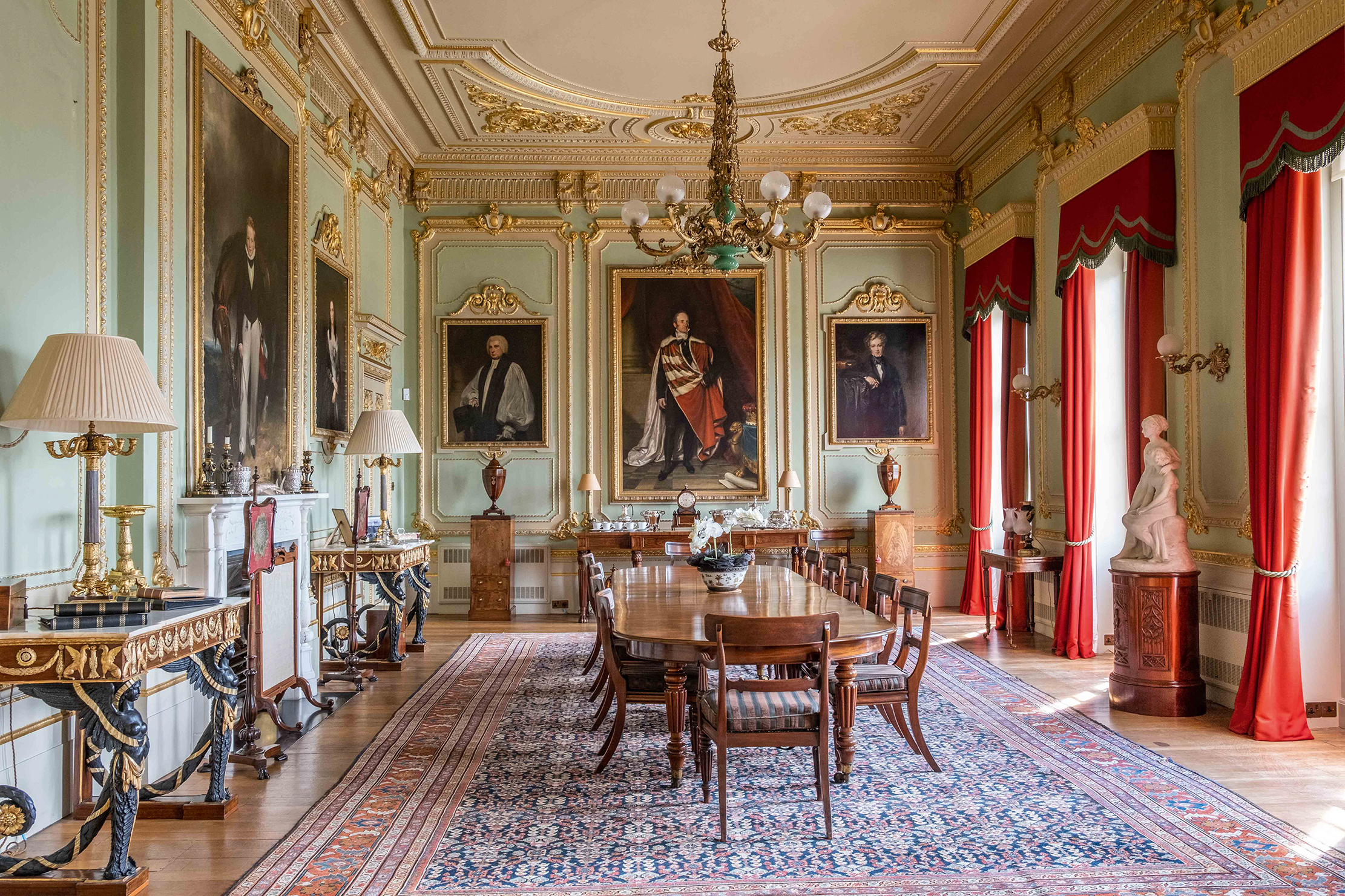
Large additions were made by the 5th Earl Cornwallis in about 1825, when the architectural remodelling of the garden and south front was also undertaken. The building work was carried out by Thomas Cubitt, who added a third storey to the original house with two-storey wings to either side, possibly to the designs of George Basevi. The layout of the gardens was greatly influenced by the Scottish garden designer John Claudius Loudon, an early exponent of the ‘Gardenesque’ theory of garden design, who visited Linton in 1825.
Sign up for the Country Life Newsletter
Exquisite houses, the beauty of Nature, and how to get the most from your life, straight to your inbox.
On the eve of the Second World War, Hambro’s main task was to reduce the Victorian sprawl of the house to manageable proportions and, in the process, bring back to the interior something of its original Georgian character. Outside, the walled service yard to the north-east survives from the extensive servants’ court built in about 1825 and demolished by Hambro after 1938.
Following Hambro’s death in 1961, Linton Park was acquired by the Daubeny family. Thirteen years later, in 1974, the house and its nearest surrounding lands were sold to the Freemasons and were briefly operated as a school before being acquired in 1985 by its current owners, Camellia Group PLC, a UK-based group of agricultural companies with subsidiaries in 10 countries producing core crops, including macadamia, avocados and tea, as well as more specialised crops, such as wine grapes and blueberries.
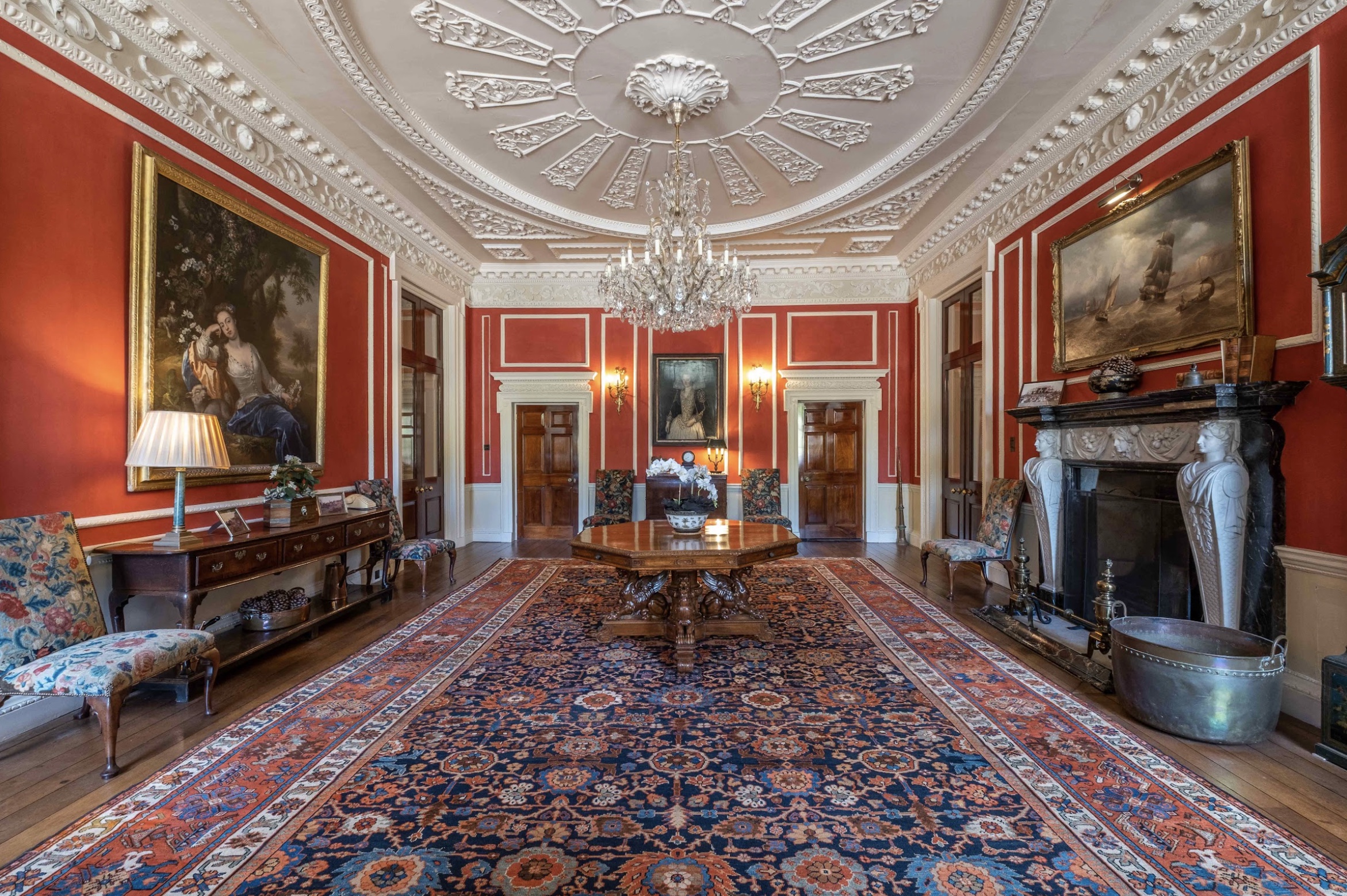
Having established its headquarters at Linton Park, the company embarked on a long-term project to restore the estate, which by then was in a state of dire neglect. The company headquarters were set up on the upper floors of the main house while the grand 18th-century rooms were painstakingly restored to their historic splendour, even to the extent of sourcing original Cornwallis family portraits to hang on the dining-room walls. When, in 2015, the previously owned adjoining Linton Park land, cottages and parkland came back on the market, Camellia moved in to buy it, thereby restoring the estate to its original size and configuration, to the delight of company chairman Malcolm Perkins, for whom it was ‘job done’.
‘With planning consent now in place to restore Linton Park to residential use, all that remains for a new owner to do is to reinstate half-a-dozen bathrooms that have been used as offices,’ says an enthusiastic Mr McAndrew who, even in these unreadable times, expects to see enquiries flowing in from all over the world.
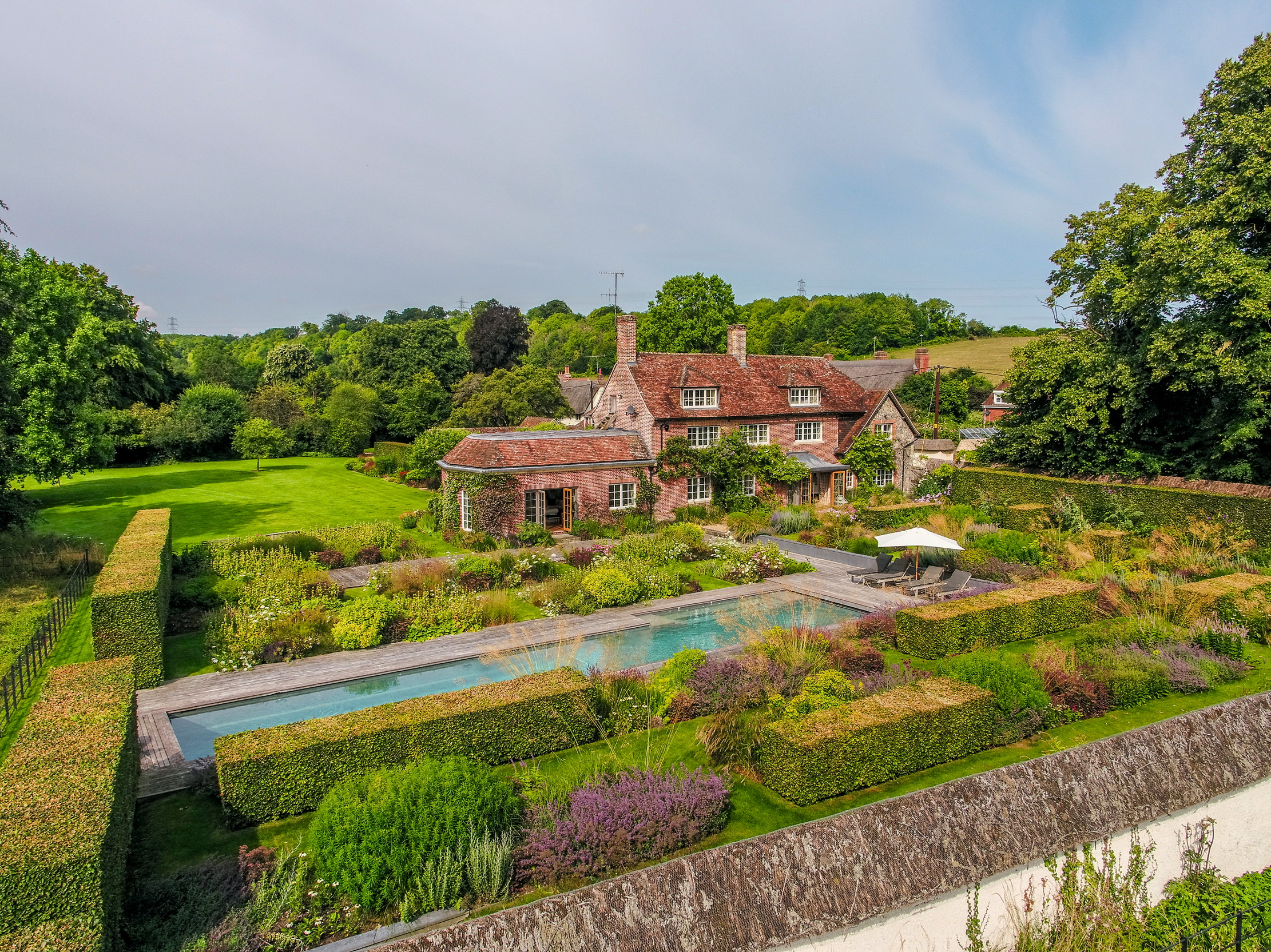
Credit: Strutt and Parker
Best country houses for sale this week
An irresistible West Country cottage and a magnificent Cumbrian country house make our pick of the finest country houses for
-
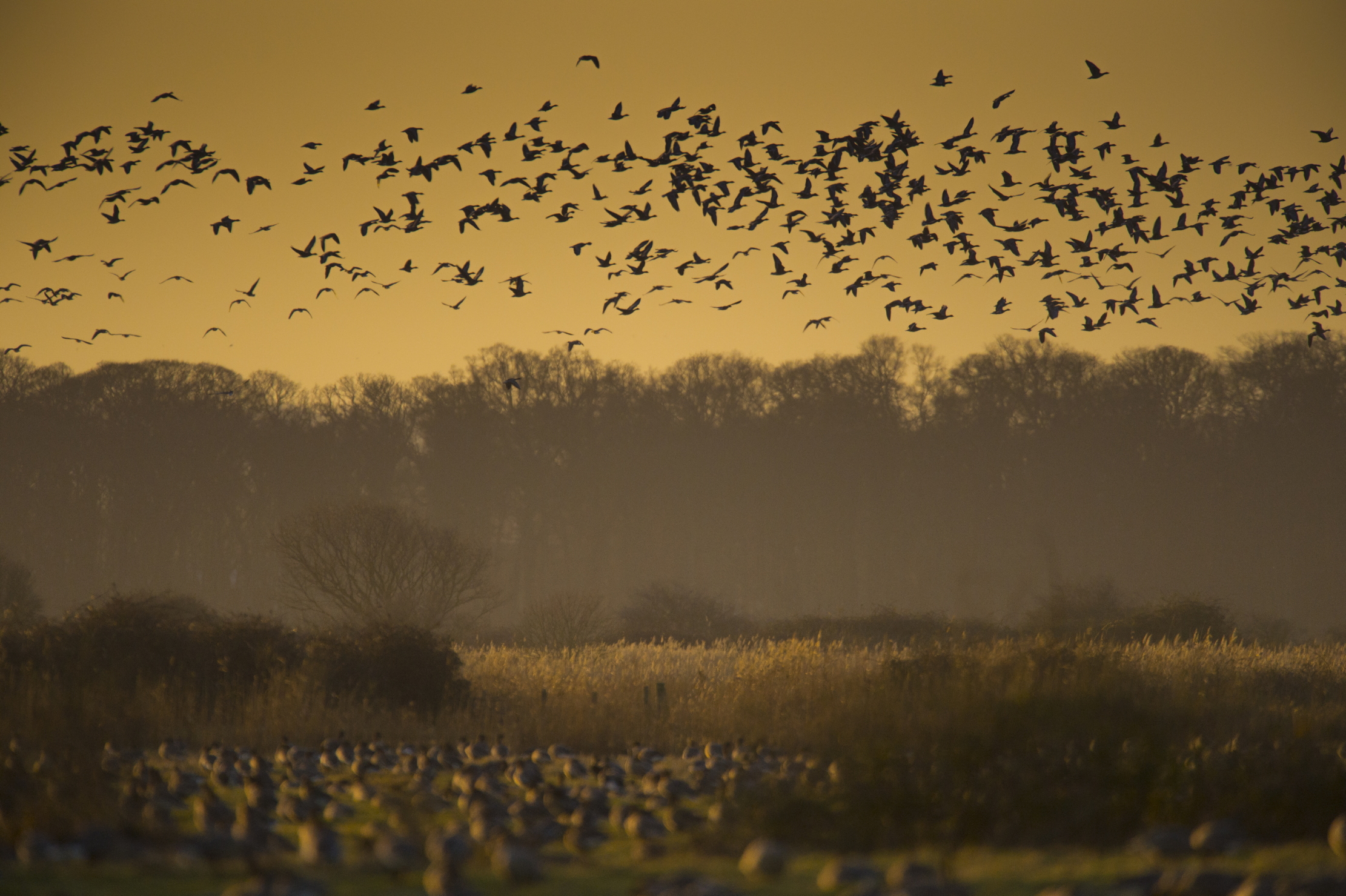 How an app can make you fall in love with nature, with Melissa Harrison
How an app can make you fall in love with nature, with Melissa HarrisonThe novelist, children's author and nature writer Melissa Harrison joins the podcast to talk about her love of the natural world and her new app, Encounter.
By James Fisher Published
-
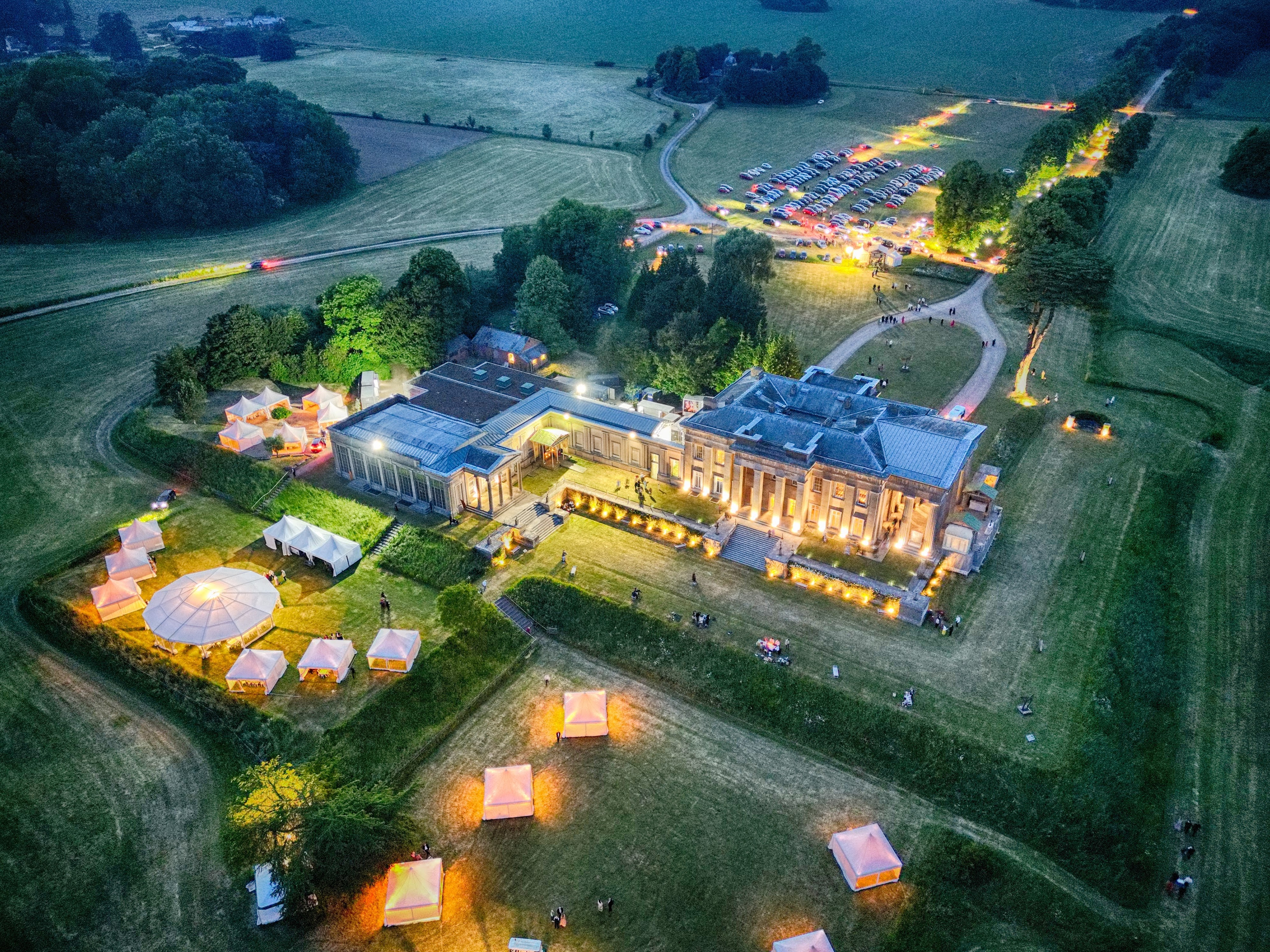 'There is nothing like it on this side of Arcadia': Hampshire's Grange Festival is making radical changes ahead of the 2025 country-house opera season
'There is nothing like it on this side of Arcadia': Hampshire's Grange Festival is making radical changes ahead of the 2025 country-house opera seasonBy Annunciata Elwes Published
-
 Welcome to the modern party barn, where disco balls are 'non-negotiable'
Welcome to the modern party barn, where disco balls are 'non-negotiable'A party barn is the ultimate good-time utopia, devoid of the toil of a home gym or the practicalities of a home office. Modern efforts are a world away from the draughty, hay-bales-and-a-hi-fi set-up of yesteryear.
By Annabel Dixon Published
-
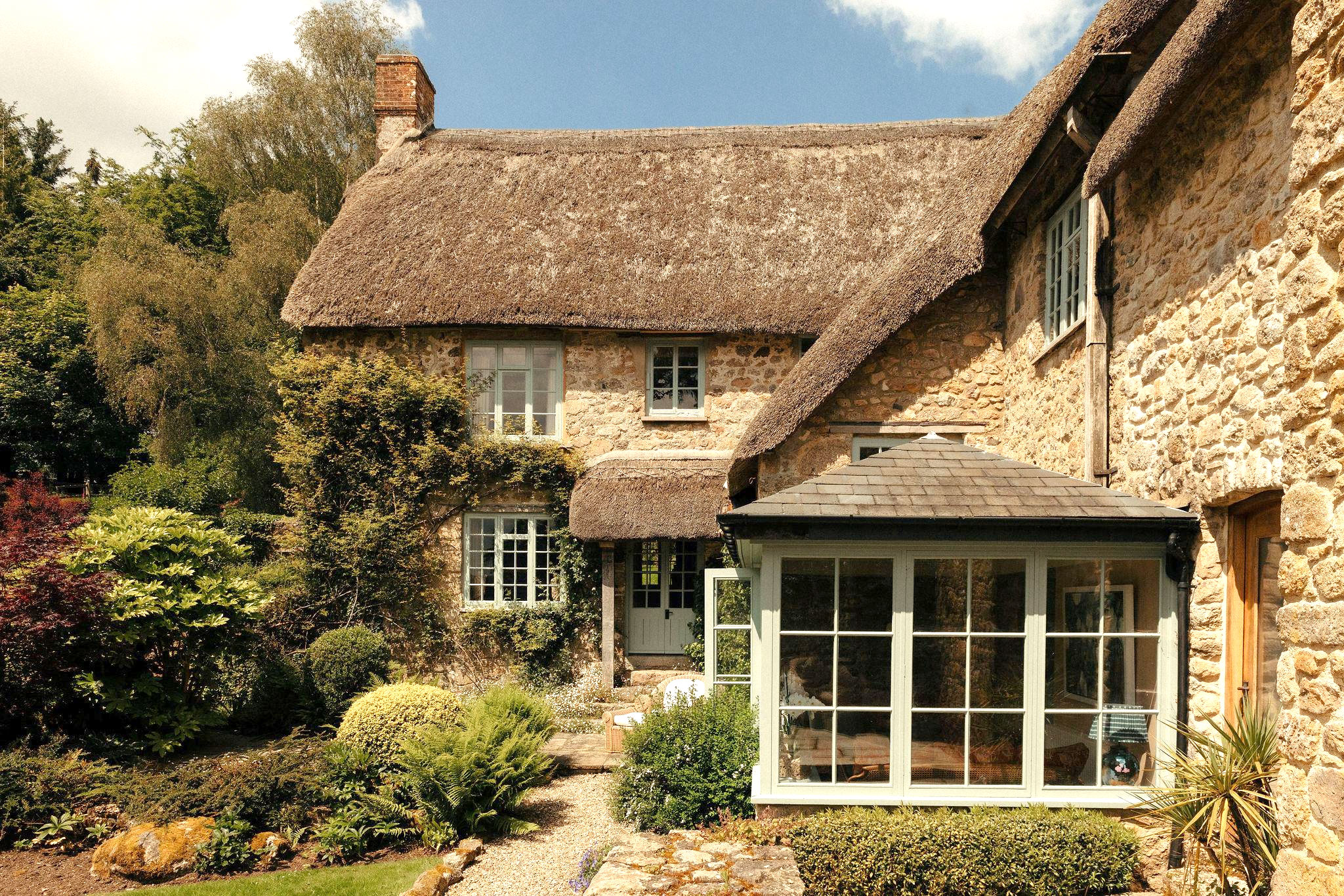 Five beautiful homes, from a barn conversion to an island treasure, as seen in Country Life
Five beautiful homes, from a barn conversion to an island treasure, as seen in Country LifeOur pick of the best homes to come to the market via Country Life in recent days include a wonderful thatched home in Devon and a charming red-brick house with gardens that run down to the water's edge.
By Toby Keel Published
-
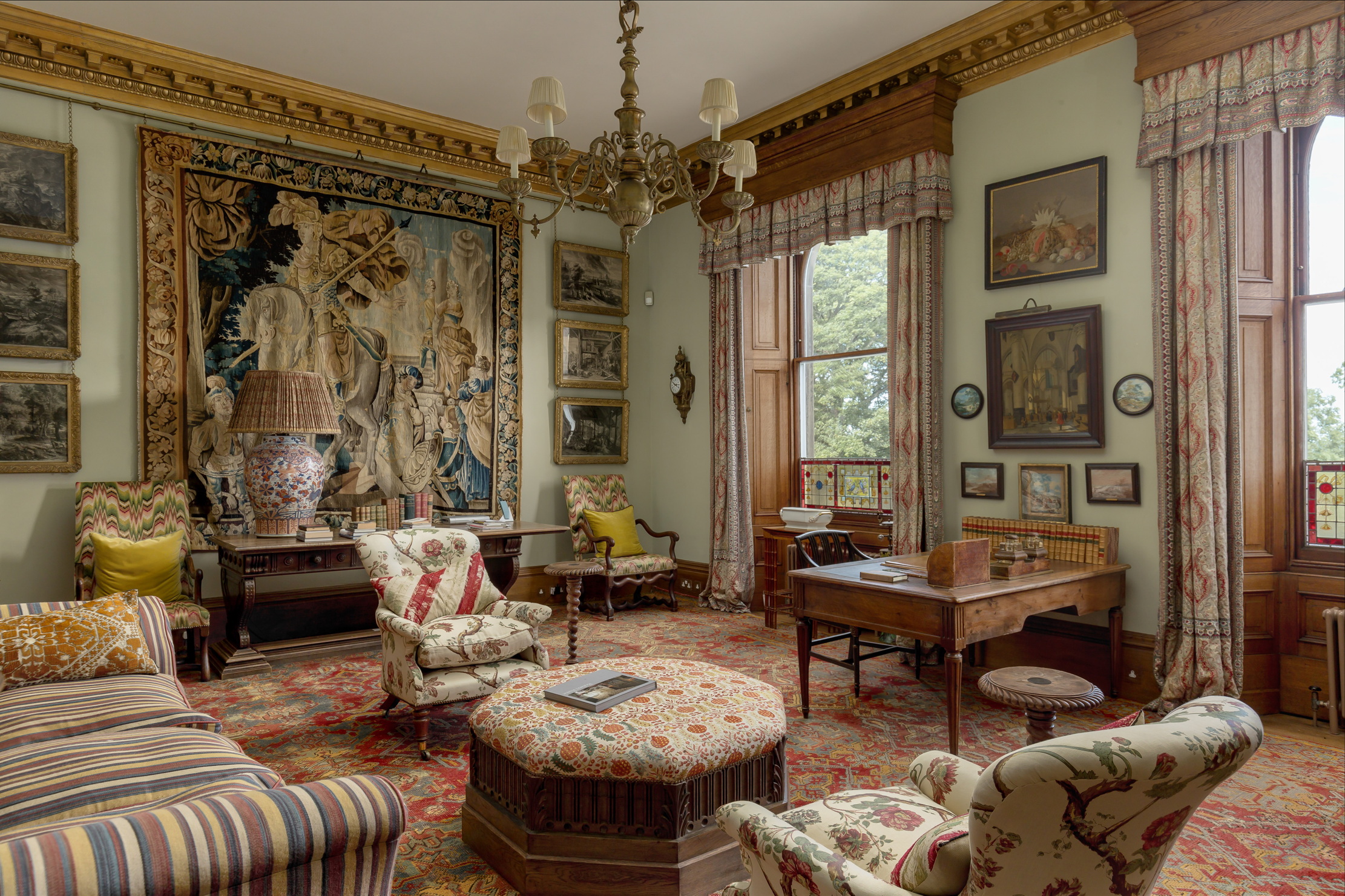 The finest interiors in Edinburgh? A seven-bedroom townhouse furnished by Robert Kime comes to market
The finest interiors in Edinburgh? A seven-bedroom townhouse furnished by Robert Kime comes to marketSituated on one of the New Town's grandest terraces, this four-storey property is a collector's dream.
By James Fisher Published
-
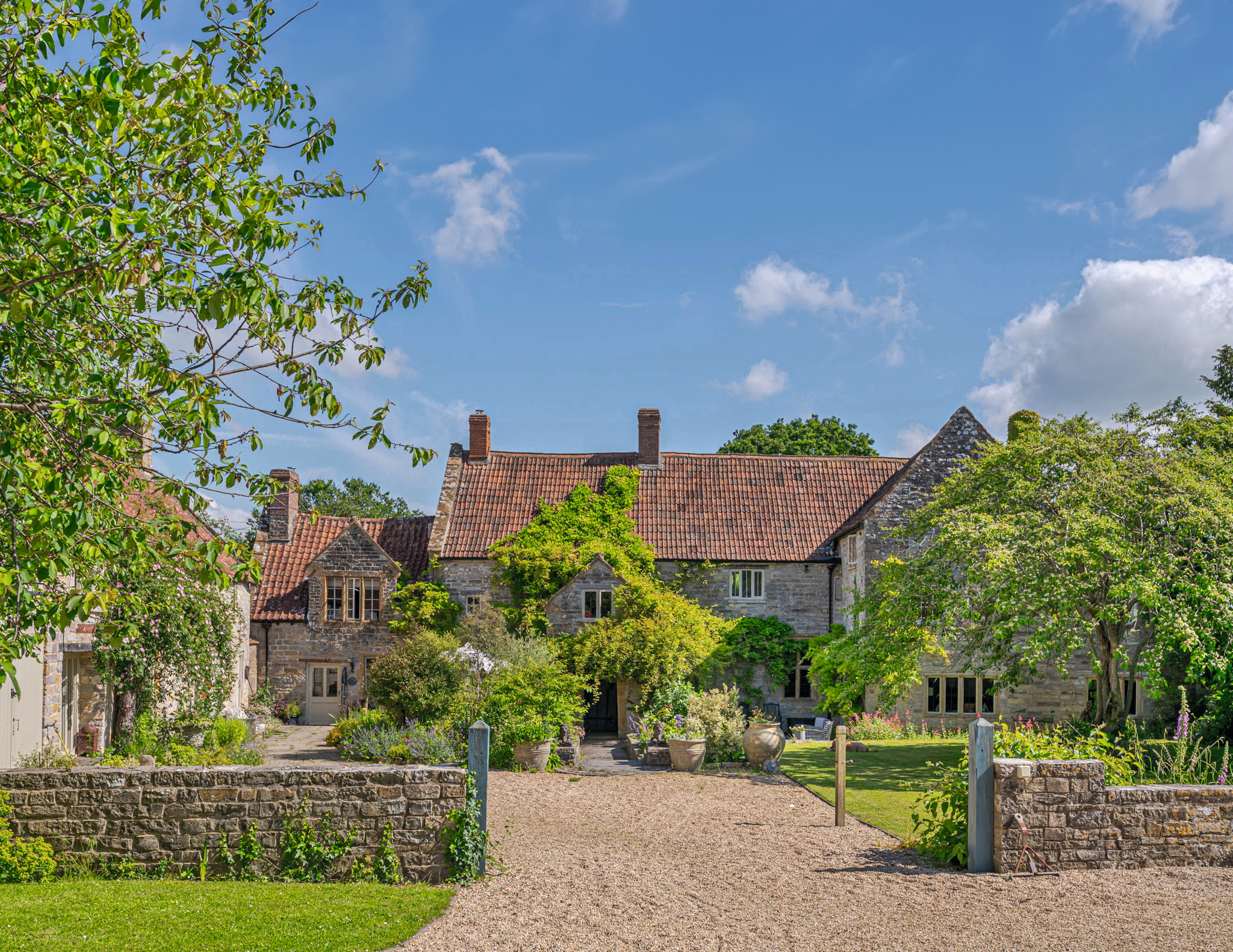 A Grade II*-listed country manor with one of the most beautiful drawing rooms in England
A Grade II*-listed country manor with one of the most beautiful drawing rooms in EnglandIf Old Manor Farm in Somerset is good enough for Pevsner, it's good enough for you.
By Penny Churchill Published
-
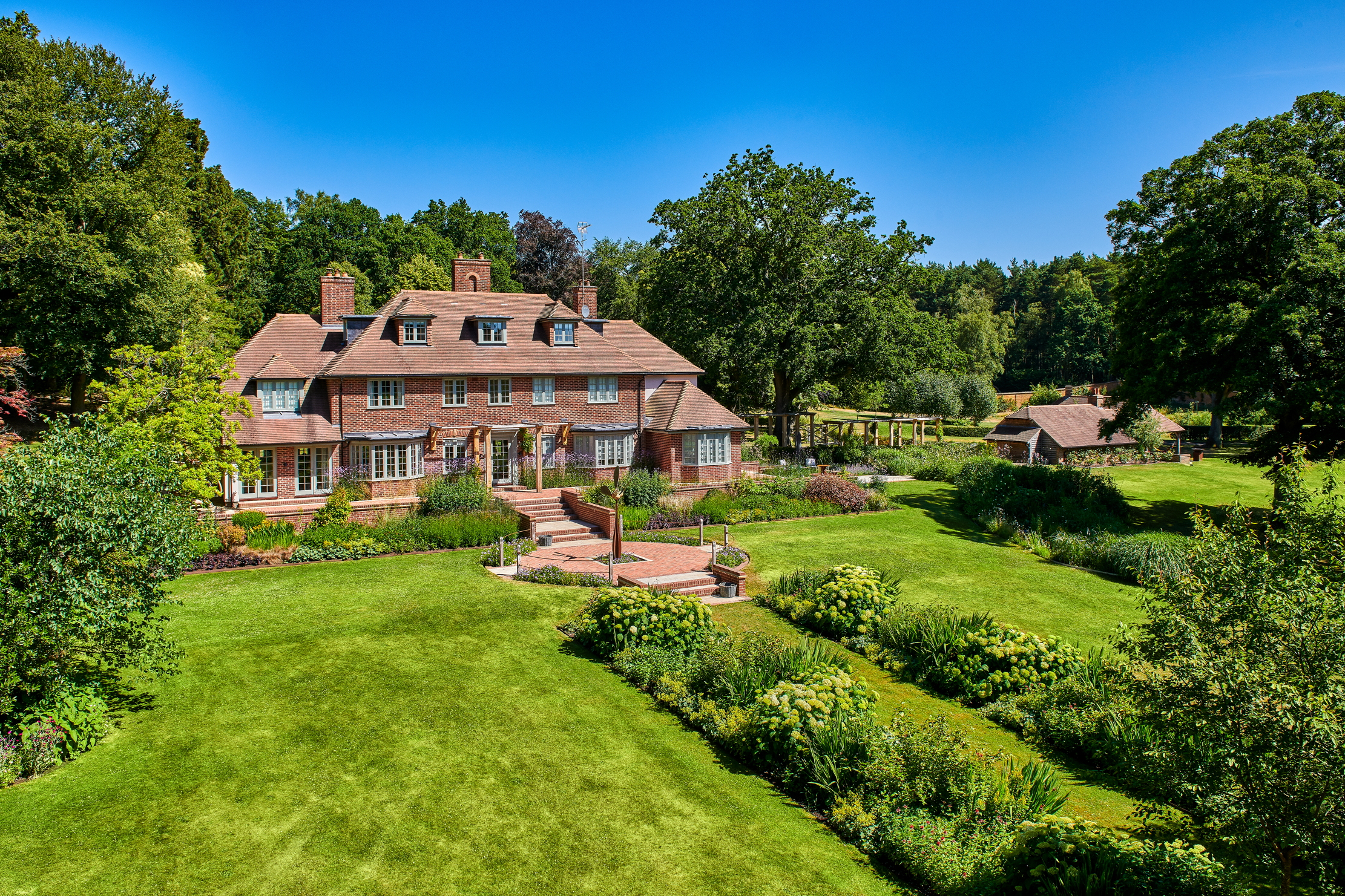 An eight-bedroom home in Surrey where an army of robots will look after your lawns
An eight-bedroom home in Surrey where an army of robots will look after your lawnsDo not fear the bladed guardians of Monksfield House. They are here to help.
By James Fisher Published
-
 A French castle for sale on the banks of the Dordogne? With a swimming pool? Where do we sign?
A French castle for sale on the banks of the Dordogne? With a swimming pool? Where do we sign?This chateau in Lalinde is nothing short of a historical delight in the south of France. And it comes fully furnished.
By James Fisher Last updated
-
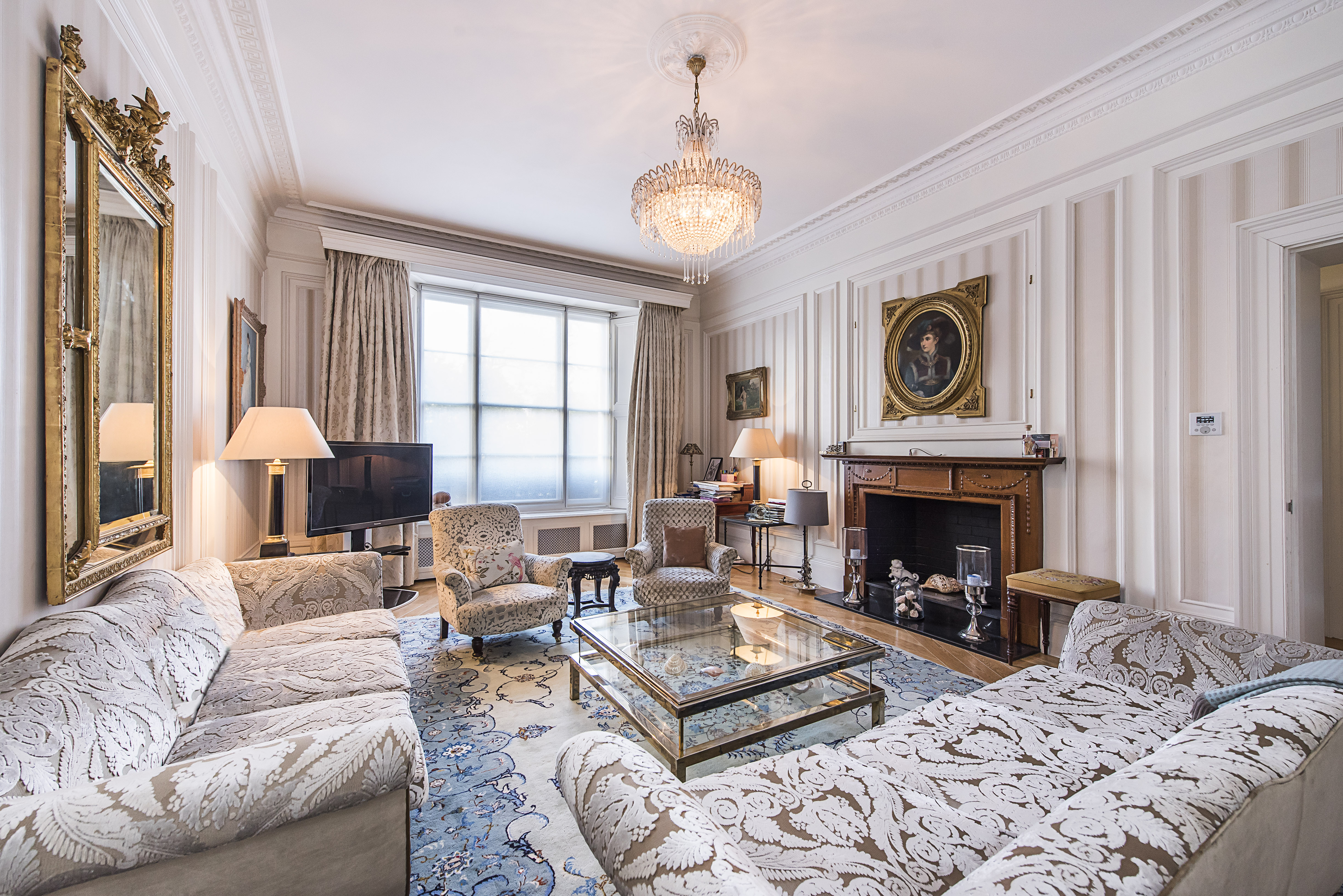 Sip your morning tea where Churchill once paced, as his former Pimlico home comes up for sale
Sip your morning tea where Churchill once paced, as his former Pimlico home comes up for saleThe five-bedroom flat in Eccleston Square offers ‘historical gravitas and modern comfort’ in a leafy pocket of London.
By Annabel Dixon Published
-
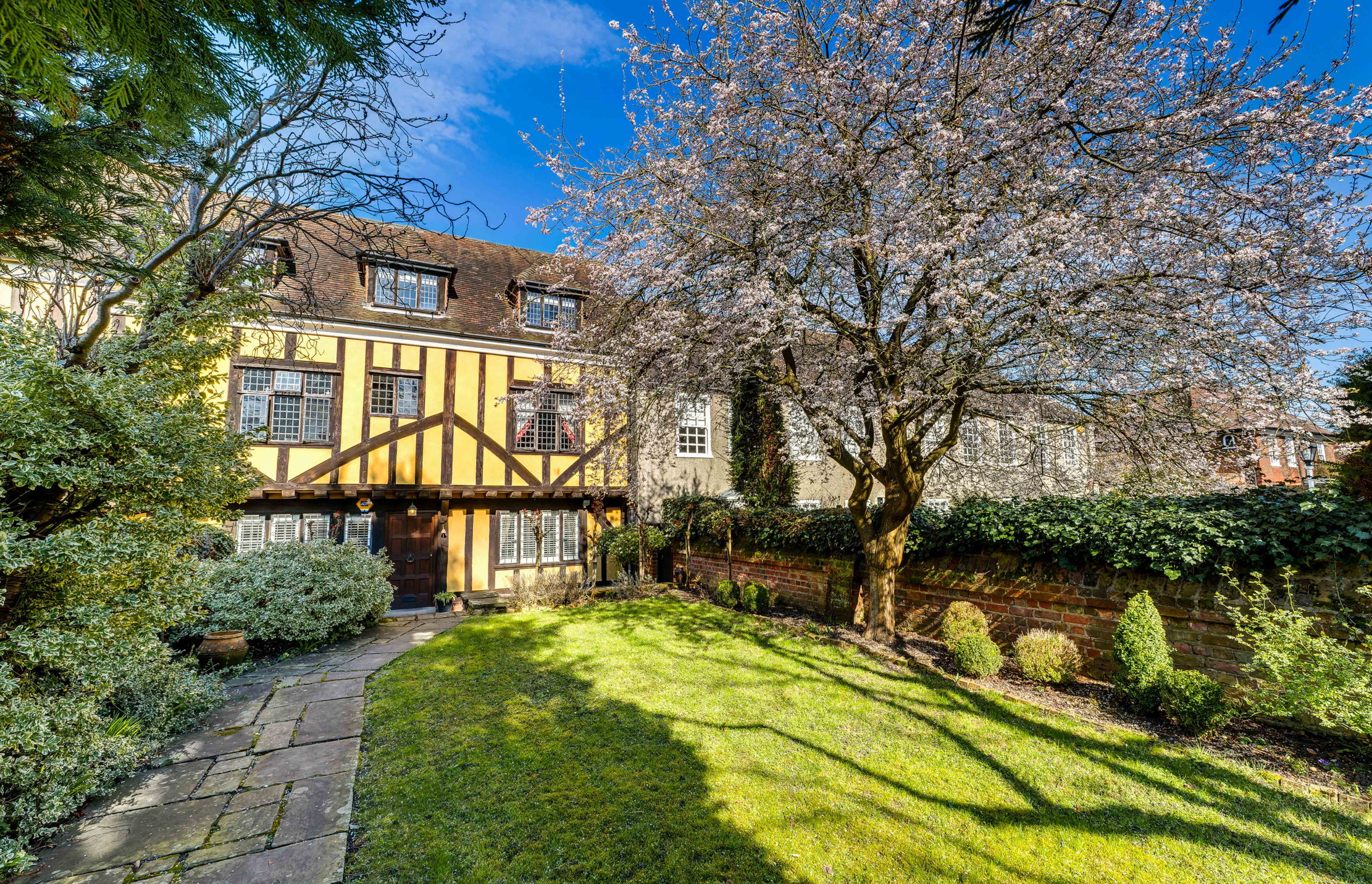 Live a life of Tudor fancy in this five-bedroom London home with links to Cardinal Wolsey and Henry VIII
Live a life of Tudor fancy in this five-bedroom London home with links to Cardinal Wolsey and Henry VIIIFans of Wolf Hall rejoice, as a rare chance to own a Tudor home inside the M25 comes to market.
By James Fisher Published
